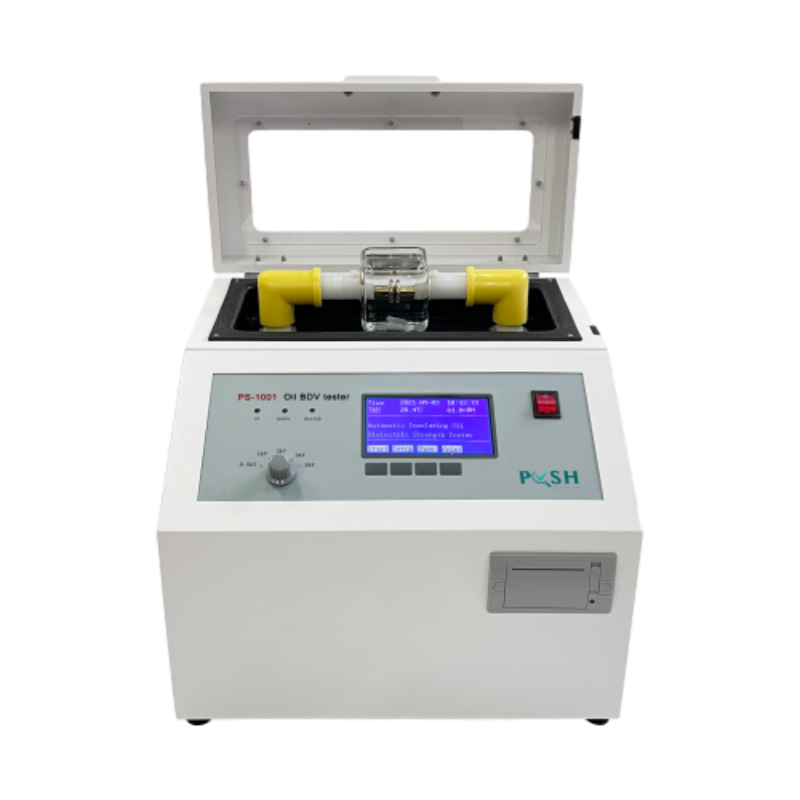 English
English



-
 Afrikaans
Afrikaans -
 Albanian
Albanian -
 Amharic
Amharic -
 Arabic
Arabic -
 Armenian
Armenian -
 Azerbaijani
Azerbaijani -
 Basque
Basque -
 Belarusian
Belarusian -
 Bengali
Bengali -
 Bosnian
Bosnian -
 Bulgarian
Bulgarian -
 Catalan
Catalan -
 Cebuano
Cebuano -
 China
China -
 China (Taiwan)
China (Taiwan) -
 Corsican
Corsican -
 Croatian
Croatian -
 Czech
Czech -
 Danish
Danish -
 Dutch
Dutch -
 English
English -
 Esperanto
Esperanto -
 Estonian
Estonian -
 Finnish
Finnish -
 French
French -
 Frisian
Frisian -
 Galician
Galician -
 Georgian
Georgian -
 German
German -
 Greek
Greek -
 Gujarati
Gujarati -
 Haitian Creole
Haitian Creole -
 hausa
hausa -
 hawaiian
hawaiian -
 Hebrew
Hebrew -
 Hindi
Hindi -
 Miao
Miao -
 Hungarian
Hungarian -
 Icelandic
Icelandic -
 igbo
igbo -
 Indonesian
Indonesian -
 irish
irish -
 Italian
Italian -
 Japanese
Japanese -
 Javanese
Javanese -
 Kannada
Kannada -
 kazakh
kazakh -
 Khmer
Khmer -
 Rwandese
Rwandese -
 Korean
Korean -
 Kurdish
Kurdish -
 Kyrgyz
Kyrgyz -
 Lao
Lao -
 Latin
Latin -
 Latvian
Latvian -
 Lithuanian
Lithuanian -
 Luxembourgish
Luxembourgish -
 Macedonian
Macedonian -
 Malgashi
Malgashi -
 Malay
Malay -
 Malayalam
Malayalam -
 Maltese
Maltese -
 Maori
Maori -
 Marathi
Marathi -
 Mongolian
Mongolian -
 Myanmar
Myanmar -
 Nepali
Nepali -
 Norwegian
Norwegian -
 Norwegian
Norwegian -
 Occitan
Occitan -
 Pashto
Pashto -
 Persian
Persian -
 Polish
Polish -
 Portuguese
Portuguese -
 Punjabi
Punjabi -
 Romanian
Romanian -
 Russian
Russian -
 Samoan
Samoan -
 Scottish Gaelic
Scottish Gaelic -
 Serbian
Serbian -
 Sesotho
Sesotho -
 Shona
Shona -
 Sindhi
Sindhi -
 Sinhala
Sinhala -
 Slovak
Slovak -
 Slovenian
Slovenian -
 Somali
Somali -
 Spanish
Spanish -
 Sundanese
Sundanese -
 Swahili
Swahili -
 Swedish
Swedish -
 Tagalog
Tagalog -
 Tajik
Tajik -
 Tamil
Tamil -
 Tatar
Tatar -
 Telugu
Telugu -
 Thai
Thai -
 Turkish
Turkish -
 Turkmen
Turkmen -
 Ukrainian
Ukrainian -
 Urdu
Urdu -
 Uighur
Uighur -
 Uzbek
Uzbek -
 Vietnamese
Vietnamese -
 Welsh
Welsh -
 Bantu
Bantu -
 Yiddish
Yiddish -
 Yoruba
Yoruba -
 Zulu
Zulu
power factor testing circuit breakers
Understanding Power Factor Testing for Circuit Breakers
Power factor testing is a critical aspect of assessing the performance of circuit breakers in electrical systems. As industries increasingly rely on complex electrical networks, understanding how these systems operate under varying conditions is paramount. This article explores the significance of power factor testing in circuit breakers, its methodology, and its implications for reliability and efficiency in electrical installations.
What is Power Factor?
Power factor (PF) is a measure of how effectively electrical power is being converted into useful work output. It is defined as the ratio of real power (kW) to apparent power (kVA) in a circuit. A power factor of 1 (or 100%) indicates that all the power supplied by the source is being used effectively for productive work. Conversely, a lower power factor signifies inefficiencies, often due to reactive power (measured in kVAR) which does not contribute to actual work output.
In circuit breakers, maintaining a high power factor is essential for ensuring the longevity and reliability of the equipment. A poor power factor can lead to overheating, reducing the lifespan of circuit breakers and other electrical components.
Importance of Power Factor Testing
Power factor testing is performed to evaluate the insulation quality and the overall health of circuit breakers, particularly in medium to high voltage applications. This testing is critical for several reasons
1. Operational Efficiency By measuring the power factor, utilities and facility managers can pinpoint inefficiencies in their systems. If circuit breakers operate with a low power factor, it indicates that there may be a significant amount of reactive power, which can result in unnecessary losses and increased energy costs.
2. Preventative Maintenance Regular power factor testing allows for the identification of potential insulation failures or degradation in circuit breakers. Anomalies in testing results can prompt further inspection or maintenance, ultimately preventing unplanned outages and ensuring reliable operations.
power factor testing circuit breakers

3. Compliance and Safety Regulatory bodies often require adherence to power quality standards, including acceptable power factor levels. Testing ensures compliance, thereby enhancing the safety and reliability of electrical systems.
Methodology of Power Factor Testing
The process of power factor testing for circuit breakers typically involves the following steps
1. Preparation Ensure that the circuit breaker is isolated from the power source and that safety protocols are observed to protect personnel and equipment.
2. Instrumentation Use a power factor test set that can apply a voltage to the circuit breaker while measuring the resulting current. The test set should be capable of detecting very low power factors to provide accurate results.
3. Testing Procedure The circuit breaker is subjected to a test voltage. Measurements of the current and voltage are taken, allowing for the calculation of the power factor. In many cases, tests are conducted at multiple voltage levels to evaluate performance under different conditions.
4. Analysis of Results After conducting the tests, the collected data is analyzed. Any significant deviations from expected power factor values warrant further investigation to determine the cause.
Conclusion
In conclusion, power factor testing is an integral part of circuit breaker maintenance and performance assessment. It encompasses a range of benefits, from enhancing operational efficiency to ensuring compliance with safety regulations. With the increasing complexity of electrical systems, adopting robust power factor testing protocols is crucial for businesses and utilities alike. By prioritizing these tests, they can guarantee the reliability and longevity of circuit breakers, ultimately fostering a safer and more efficient electrical landscape. Regular power factor testing not only protects investments in electrical infrastructure but also contributes to sustainable energy practices.
-
Testing Equipment Industry Sees Major Advancements in 2025: Smart & Precision Technologies Lead the WayNewsJun.06,2025
-
Applications of Direct Current Generators in Renewable Energy SystemsNewsJun.05,2025
-
Hipot Tester Calibration and Accuracy GuidelinesNewsJun.05,2025
-
Digital Circuit Breaker Analyzer Features and BenefitsNewsJun.05,2025
-
Benefits of Real-Time Power Quality Monitoring Devices for Industrial EfficiencyNewsJun.05,2025
-
Earth Fault Loop Testing in High-Rise Building Electrical SystemsNewsJun.05,2025



